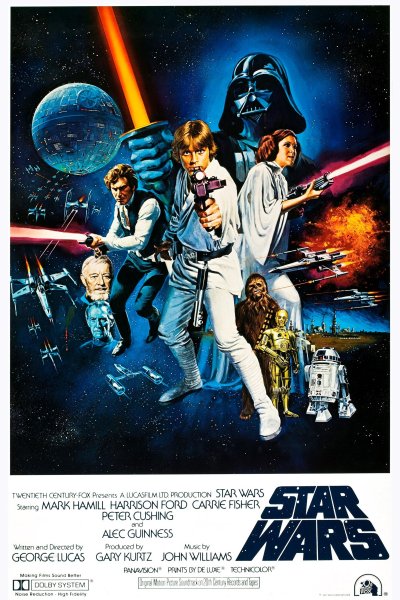
Recently I was browsing Wikipedia, with no particular direction in mind, and I came across a mention that “Angus Deaton is awarded the Nobel Memorial Prize in Economic Sciences.” While I have studied economics, and I have written copious amounts of F4L on economics, I don’t spend a lot of time reading economics, so it’s not surprising the Nobel Prize went to someone I have never heard of. I have studied literature, and I have written copious amounts of wanna-be literature, but the Nobel Prize for literature frequently goes to someone I have never heard of.
Intrigued, I clicked the link. The second sentence said Mr. Deaton was awarded the Prize for “his analysis of consumption, poverty, and welfare.” This was interesting to me because poverty is so rarely a subject of analysis in economics. Yes, economists frequently talk about economics, and politicians frequently make promises to eliminate poverty through the application of some economic theory. But economists rarely analyze poverty beyond noting that poverty causes people to be economically disadvantaged.
Reading further, I came across this “In 1980, his paper on how demand for various consumption goods depends on prices and income was published in The American Economic Review. This paper has since been hailed as one of the twenty most influential articles published in the journal since 1970.”
Now, I have never read this article, but I can tell you what the paper says. The demand for various consumption goods depends on prices and income because most people consider their income when making economic choices. The lower a person’s income, the more price conscious they are. The higher the price of the consumption goods, the less a person with a low income will demand of the consumption goods. I know this from what my parents taught me when I was five years old.
Imagine a 5-year-old walking into the local five-and-dime with a shiny new quarter in his pocket. Wait, that might be too difficult. Okay, imagine a 5-year-old logging on to the nearest multinational toy manufacturer’s website with a shiny new $50 gift card. Anyone who has ever known a 5-year-old knows they will want everything they see on that website—just like I wanted every piece of candy in the five-and-dime.
In this scenario the website contains many consumption goods with a variety of prices. The child’s desire to have everything on the site represents raw, unfettered demand. The $50 gift card represents the child’s income. We know from common sense that we can only get what our income will allow. This is what the parent aims to teach the child. Hopefully, it is quickly obvious to the child that he can’t have everything, so he has to make choices—having considered his available income, he has to temper his demand. Typically, the first limit he places on his demand is to eliminate everything with a price greater than his income.
Mr. Deaton is also well known for being one of the developers of the “Almost Ideal Demand System,” which is a consumer demand model used to study consumer behavior. When I looked at the AID system in Wikipedia I was very quickly reminded why I abandoned the serious study of economics. The model is basically a series of complex algorithms. Economists plug in a bunch of numbers representing prices, goods, utility levels, and other variables to project consumer behavior. I am not fond of complex mathematical formulas.
The Wikipedia article on the Almost Ideal Demand System provides the perfect example of why people don’t understand economics. It quotes a book called Applied Demand Analysis by R. L. Thomas:
“Assuming weak separability of consumer preferences, the optimal allocation of expenditure among the brands of a given product category can be determined independently of the allocation of expenditure within other product categories.”
This is typical of economists, but what does it mean? Let’s find out.
“Assuming weak separability of consumer preferences” means we are going to assume consumers like what they like and it’s difficult to get them to like something else. “[T]he optimal allocation of expenditure among the brands of a given product category” means we’re looking at the best way to get people to spend money buying brands of a particular product, like canned soup. “[C]an be determined independently of the expenditure within other product categories” means it isn’t affected by how people spend money on other products, like breakfast cereal. Putting it all together it means “given that people like what they like, the best way to get people to buy canned soup isn’t affected by which breakfast cereals they buy.” This, again, is pure common sense.
So, why is the quote above so difficult to understand? Well, economics is often considered the 90-pound weakling on the science playground. In fact, if it weren’t for things like parapsychology and ufology, economics would never get picked for the scientific equivalent of dodgeball. This causes economists to want desperately to be accepted in the big-boy’s science club, so they like to “science” up their statements and include lots of charts, graphs, and complex mathematics.
The problem is that economics is the study of human behavior with regard to interactive commerce, which is primarily based on common sense. Common sense tells us that, if we want to make money selling widgets, we have to make widgets first. Economists scoff at the folksy proverb “it takes money to make money,” then go off and write a 2,000-page treatise on the theory that “optimal pecuniary gain can be realized through the employment of capital investment.”

